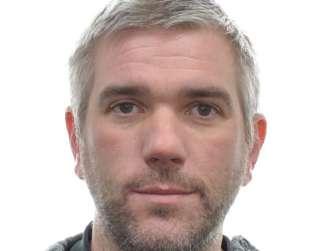July/August 2021 | Issue #4
The independent news provider for the global tissue business
GERMANY IS THE PANDEMIC CHANGING THE CLASSIC MATURE MARKET? Longer term trends may see production moving to smaller scale, local to consumers, on a transport efficient personal care model.
Converting: Technical Theme Plus … MarketIssues
Consumer behaviour is changing dramatically – but which trends will last?
ExitIssues
TM orders on an unprecedented scale
Leading companies outline their advances in technology
Distribution: Special Feature
Why multi-tasking LGV beats automated mobile robots
ConsumerSpeak
‘A really rather amazing product. I mean, it’s come all the way from being a tree.’












